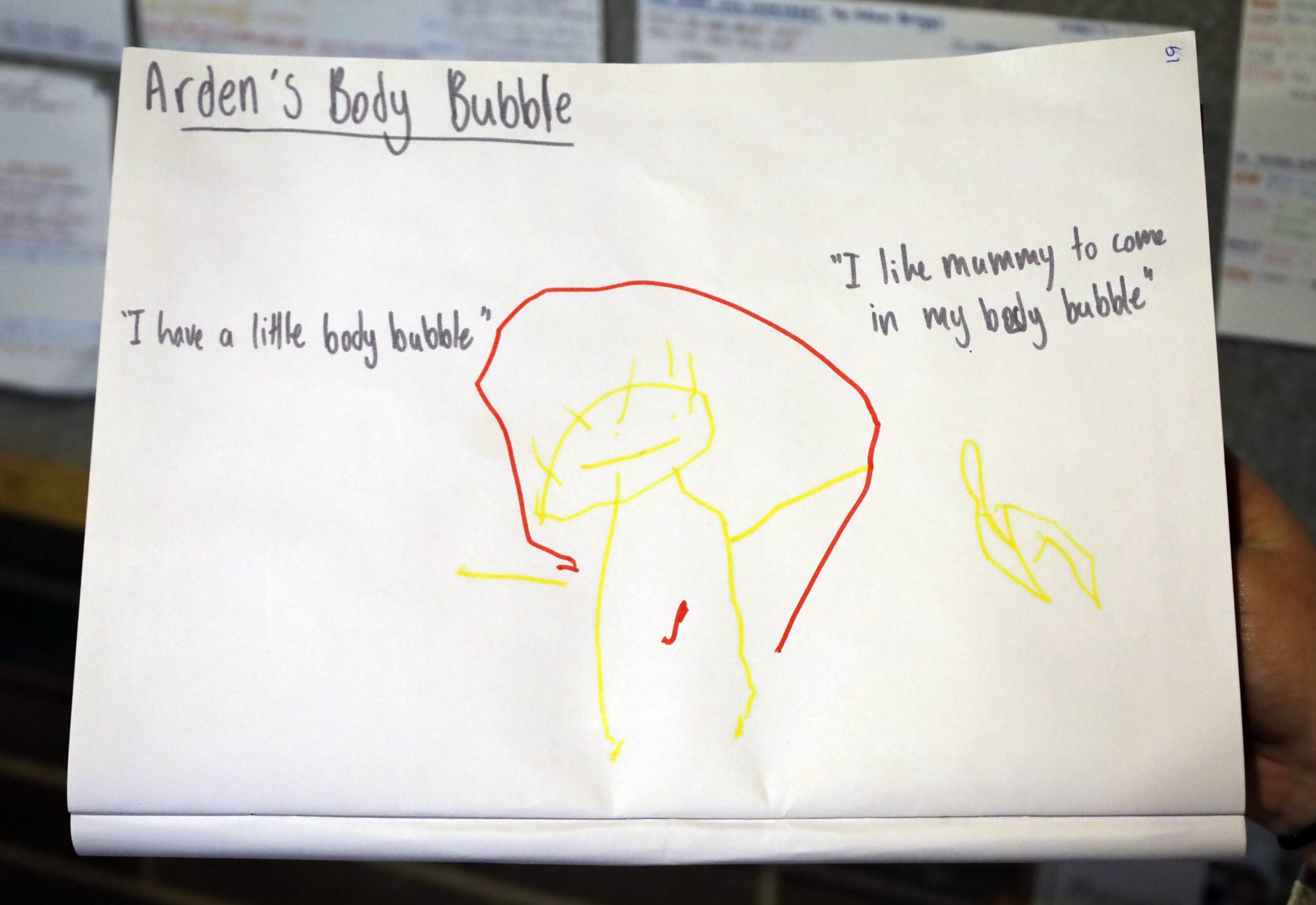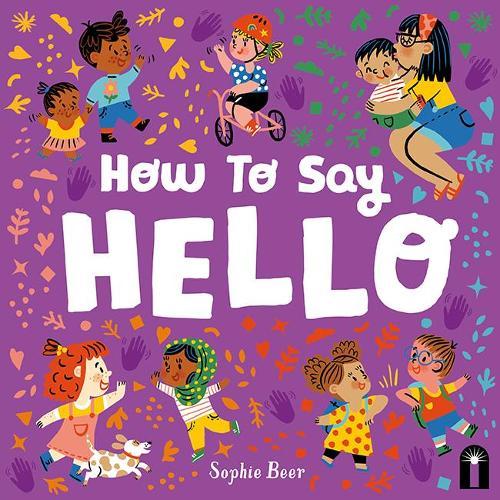Teaching children about body safety, respect and consent starts early at Gowrie Victoria. At each of the services, discussions and activities around body boundaries are wide ranging. Carlton North Early Childhood Teachers Molly Petruccelle and Laila Newman share seven ways consent is embedded into daily practice.
- At Gowrie, children’s individual boundaries are referred to as ‘body bubbles’. Laila and Molly say the children have embraced the term and understand that their ‘body bubble’ is to be respected. “They know they have to ask to go inside someone else’s body bubble, whether it’s for rough-and-tumble play or for a hug,” Laila says. “Often, they will give their invisible body bubble a colour and let us know each day how big it is; whether they want other people to come into their bubble, or whether they’re in need of some space.”
“Your body bubble is something around you. It’s invisible and no one can go in it if it’s big. If it’s little you can go in.” – Winnie
“It means you have to ask before you go in someone’s body bubble.” – Eloise
- Puppets are often used to help role-model language around respect. Laila says the puppets work well in showing the children how to use their words when asking for consent, or in teaching them the different ways to say no to each other, and how to be OK with someone saying no.
- Art is another great way to encourage children to think about respect and body safety. Laila says they sometimes trace the children on large sheets of paper so they can visualise their own body bubble. Another idea is to trace their hand on a piece of paper and then mark on each finger the name of the people in their ‘safety network’. Molly says safety networks allow children to identify the adults they trust most in their lives. “They are mostly family members,” Molly says. “But we encourage the children to include someone outside the family, like a teacher or friend.”
- Digital cameras are also introduced in the classrooms to build the children’s understanding of technology and how to use it safely. Laila says they spend time playing with the small cameras and discussing the need to ask for consent before taking a photo of someone, or their work.
- Giving children the freedom to lead discussions about privacy, body safety and consent is also a key element of learning about consent and privacy. Molly says children develop a curiosity around their bodies at an early age and it is an ideal time to teach them the correct, anatomical names for all body parts. “Curiosity about body parts is a healthy part of development and it’s important to answer children’s questions truthfully and respectfully,” she says.
- Identifying private and public spaces is another aspect of teaching children about respect. Molly says children are taught that private parts belong in private spaces. “Some children will say they’re ok with other people seeing their private parts, but we must flip that and consider how other children might feel. It works both ways,” she says. “The bathroom is identified as a private place to be respected.”
- There is a range of age-appropriate books that are excellent for introducing children to consent. Molly says author and teacher Jayneen Sanders – an active advocate for body safety and respectful relationship education – offers a variety of picture books, such as ABC of Body Safety and Consent, as well as guides for educators and families, such as Let’s Talk About Body Boundaries, Consent and Respect.



